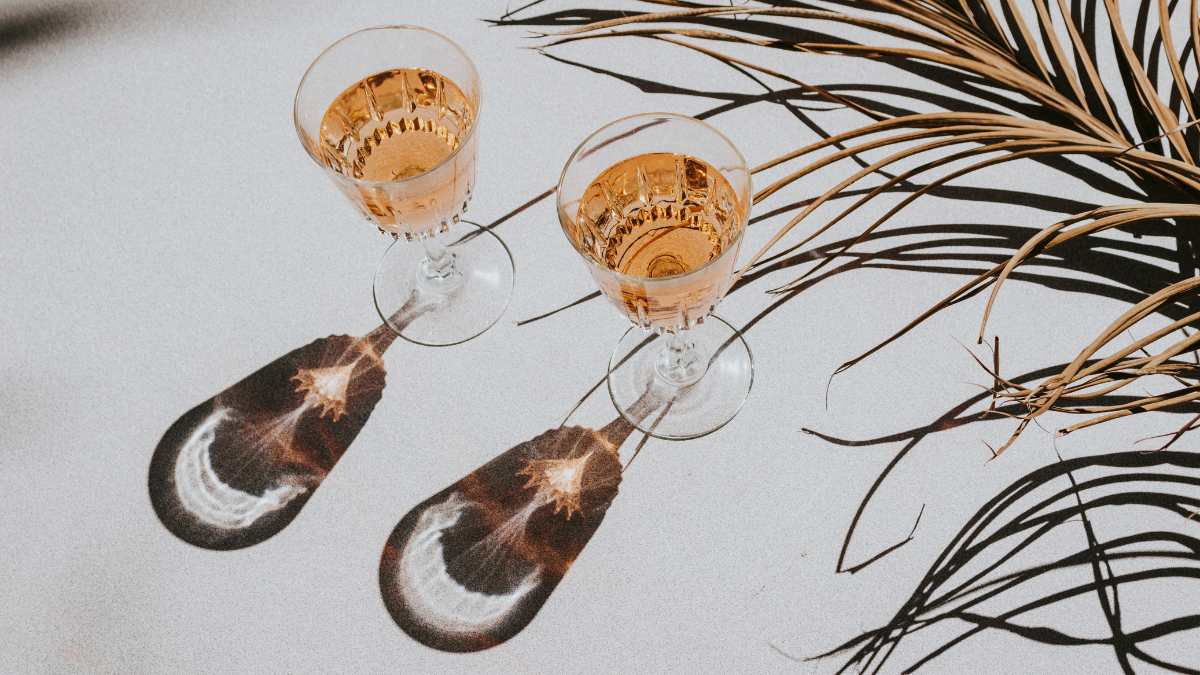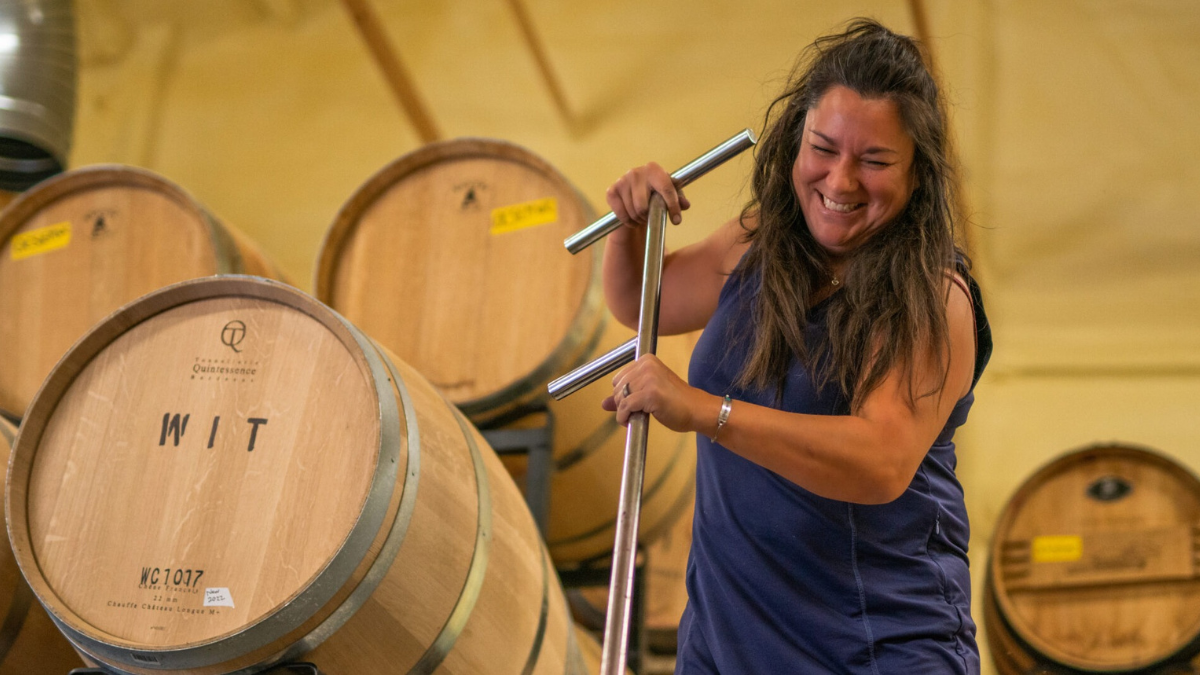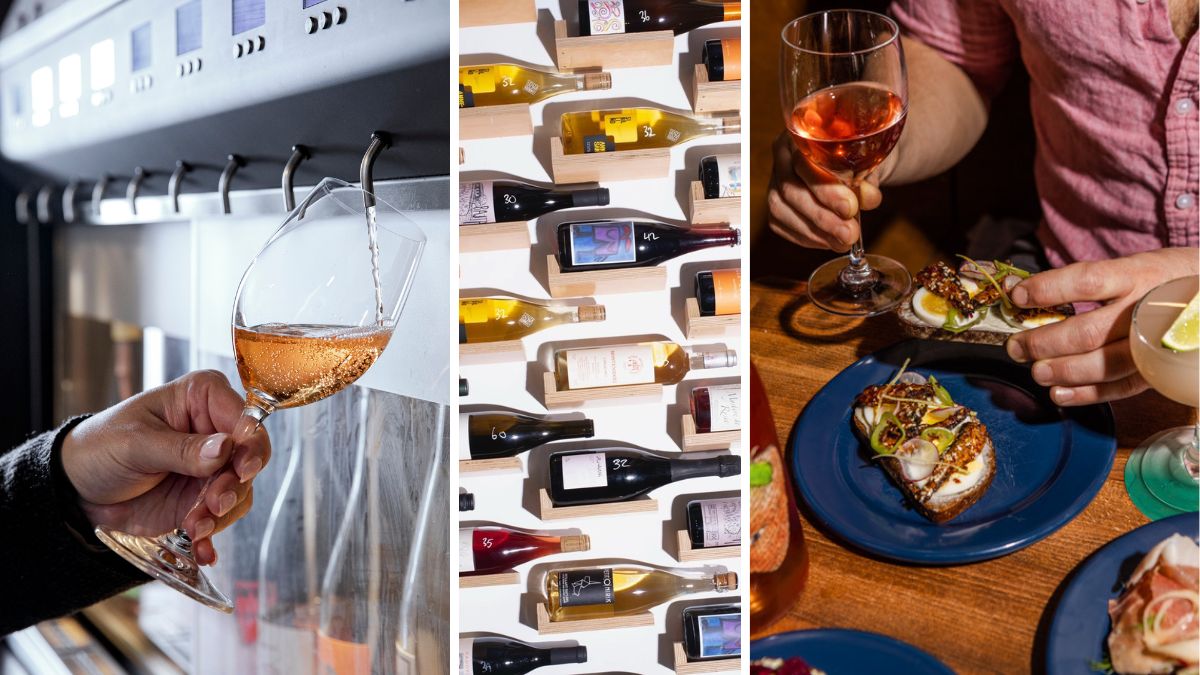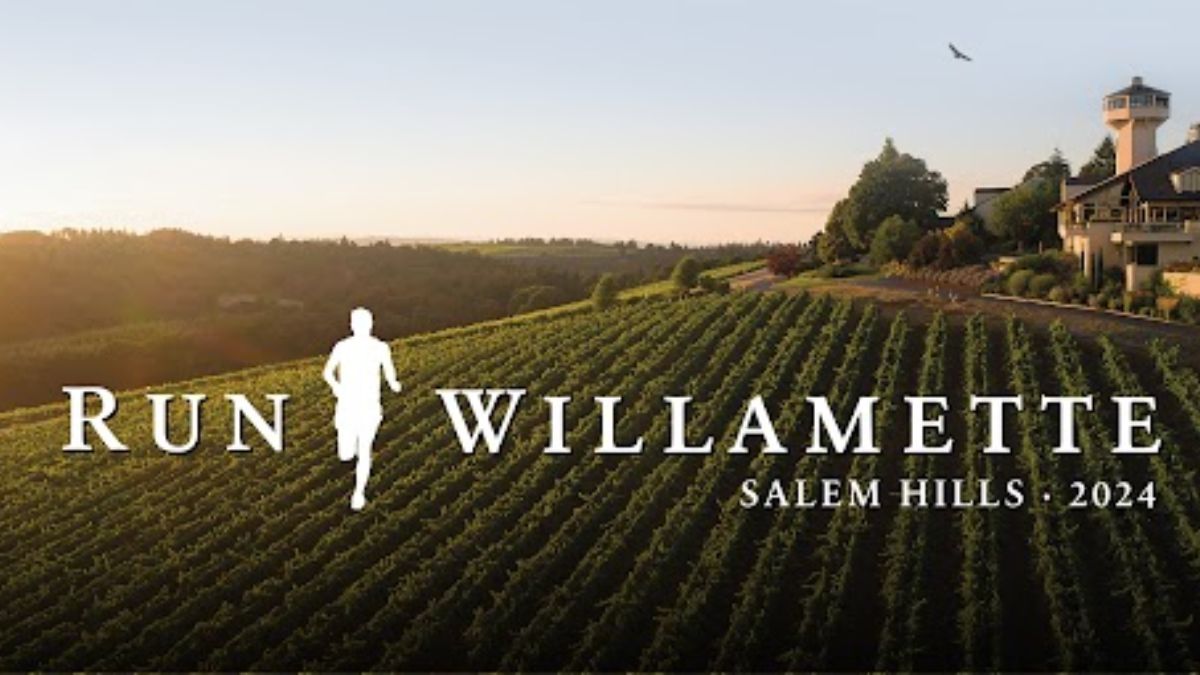Northwest winemakers explore making white wines from red grapes
If you were born before 1980, there’s a good chance your parents kept a jug of mass-market White Zinfandel around the house. White Zin was cheap, assertively sweet and meant to be drunk chilled as an aperitif (AKA “before dinner, with or without friends”).
The rosé revival of the early 2000s challenged the notion that blush wines were cloying lady drinks and blew open the industry to experiment with varietals and winemaking processes — bringing us to the modern rosé era.
But when is a rosé not a rosé? Could a rosé by any other name be a … White Pinot Noir, perhaps? What’s the difference?
It’s all about the skin contact — or in this case, lack thereof. To make a white wine from red or black grapes, you must remove the skins, leaving the pale, pulpy inside. Blanc de Noirs have been a staple of sparkling wine houses for years, but now this practice of “white from blacks” is becoming more common. Why the upsurge? Three reasons, primarily: the amount of fruit available, grape quality and winemaker curiosity.
“Still White Pinots have been popular here for a while,” says Joanna Engel, assistant winemaker at Amity Vineyards in Amity, Ore., noting that Oregon has plenty of Pinot to play with. “People see a product that they are not as familiar with and are intrigued. We’ve had a really positive response to it.”
Amity has increased production every year as the wine consistently sells out. They have found that restaurants are interested in offering their White Pinot to customers as a higher-tier alternative to rosé.
Willamette Valley’s Bluebird Hill Cellars also received an excellent response to their 2020 Blanc de Pinot Noir. Their production, however, came about because Bluebird learned that the Pinot grapes they had been counting on for their rosé had been affected by smoke taint.
“As farmers, it’s just what we live with,” says co-owner Sue Shay, noting that smoke compounds live in the skin. “We had to get the skins off the grapes. The sooner we got the juice out, the better.”
While the vintage completely sold out, Shay says Bluebird is returning to rosé. “It was a great one-off,” she quipped.
Over in Walla Walla, Wash., Grosgrain Vineyards has been making a white Lemberger since 2018. Their 2021 Lemberger Pét Nat had no skin contact, but the grapes (sourced from Kiona Vineyards) were so strongly pigmented that the color is a rusty orange.
“We just roll with whatever color,” says Matt Austin, winemaker and co-owner. Winemakers want to do creative things to set themselves apart and consumers are looking for new wines, he notes. “We try new things every year. The element of surprise is fun.”
At Savage Grace Wines in Underwood, Wash., winemaker Michael Savage experiments with all the ways he can present Cabernet Franc. Savage was interested in learning how much quality comes from the skins and how much from the juice inside.
Using fruit from Red Willow Vineyards in Yakima Valley, Wash., Savage released his first vintage of “Blanc Franc” in 2016. The wine does have a bit of skin contact, he says, to add texture, but not enough to color the wine pink. The Blanc Franc is a pale, pale gold.
“The big reason it’s not called a rosé is that, for me, “rosé” puts it into a different category,” says Savage. “This is a serious wine. It works anytime — not just for summer.”
In 2020, Woodinville, Wash.-based Two Vintners released a White Zin which was not actually a White Zin in terms of winemaking (no skin contact), but a rosé made from co-fermented Zinfandel and Petite Sirah.
The name was Lee’s way of keeping the seriousness of winemaking light. However, when pouring, he found some people were put off by the “White Zin” label. The legacy of syrupy mass-market blush wines still holds sway over consumers.
“It’s hard to get distance from biases,” says Lee. The 2021 vintage is labeled as a rosé.
This story originally published in the summer issue of Sip Magazine. Click here to read the full edition.






